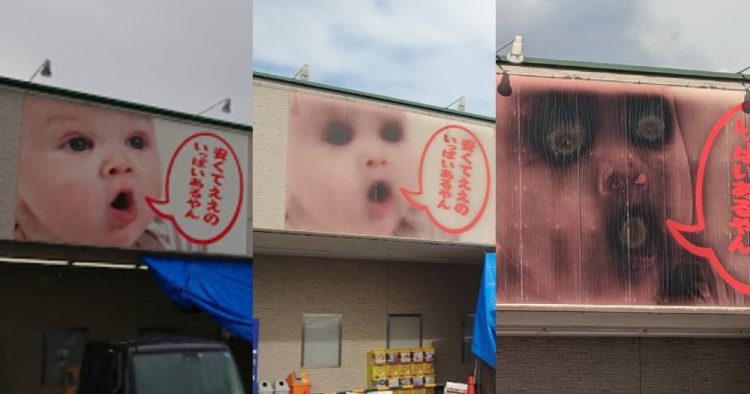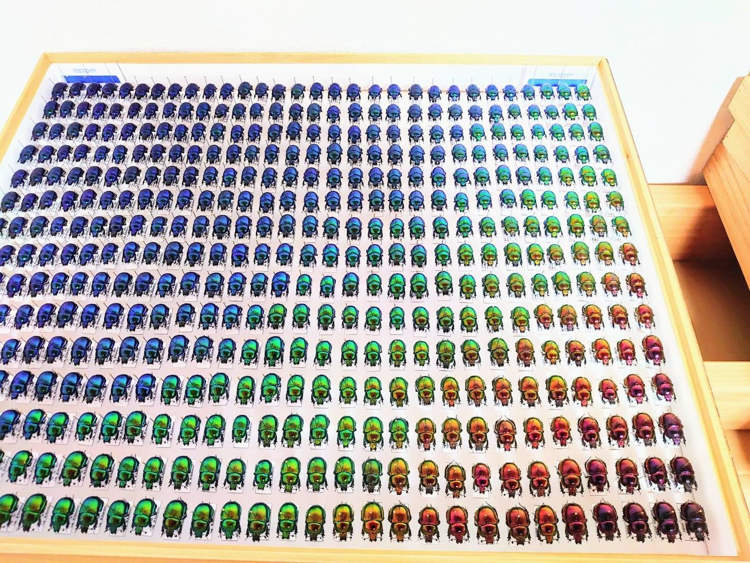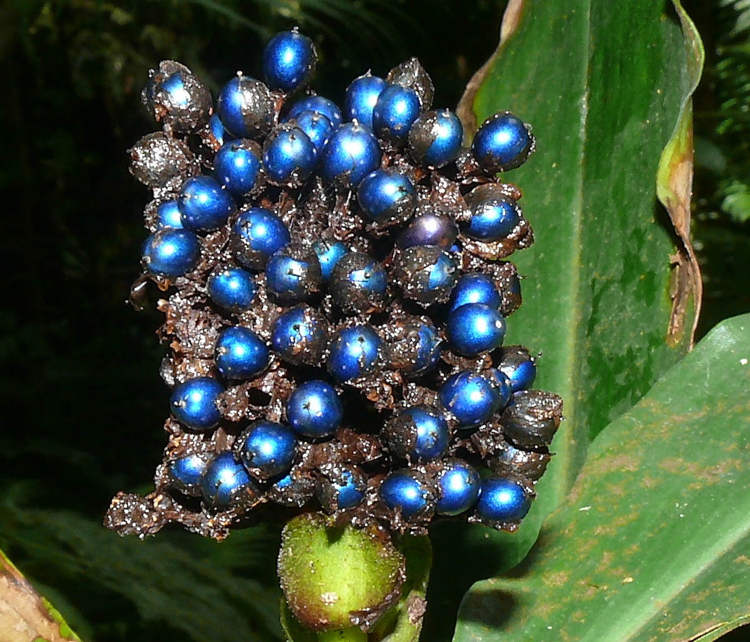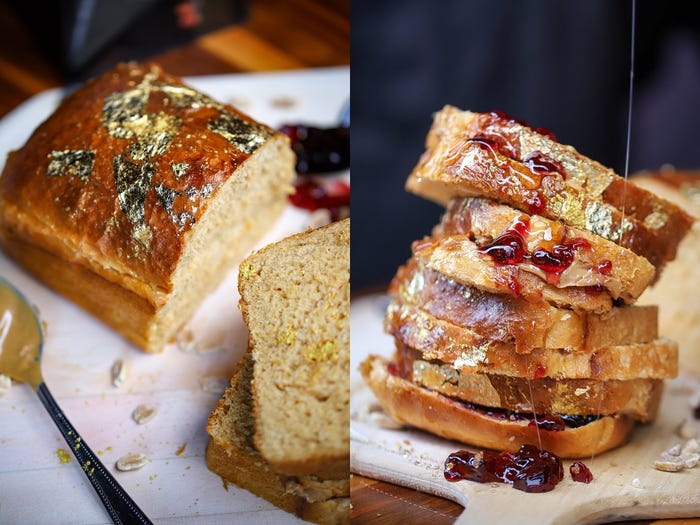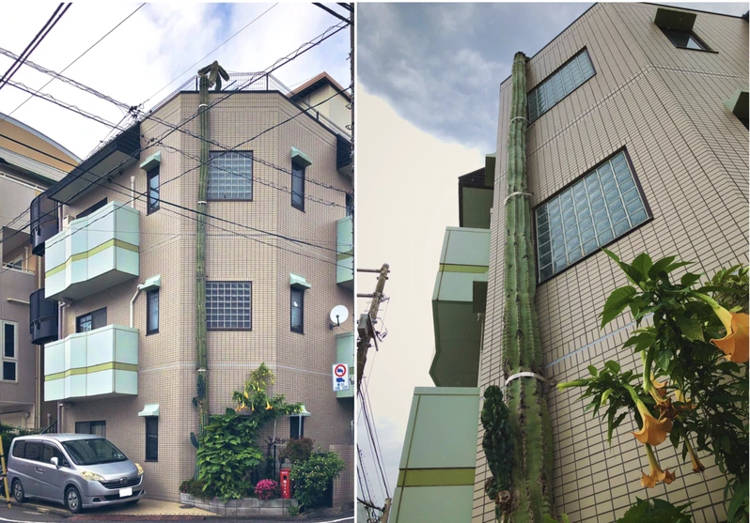Quitting cold turkey is one of the toughest things to do, which is why this homeless shelter in Ottawa is helping chronic alcoholics by handing out measured quantities of alcohol by the hour. Miraculously, the Managed Alcohol Program (MAP) has not only improved the overall health of its participants, but also reduced their average alcohol intake and helped them refrain from criminal activity.
The existence of the MAP is a miracle in itself, given that most other homeless shelters have a strict no-alcohol policy. But at the Oaks shelter for the homeless, five ounces of white wine are handed out in coffee cups every hour between 7.30 am and 9.30 pm, seven days a week. That’s a calculated amount, just enough for each resident to be able to shake off the symptoms of alcohol deprivation. No alcohol is handed out to anyone who comes in intoxicated. The routine began in the early 2000s, and continues to this day, with several residents lining up every single day for their share.

Located in Carlington, a working-class neighborhood on the west side of Ottawa, the Oaks is run by the Shepherd’s of Good Hope, a Catholic social services organisation. New residents at the shelter tend to make the most of the program, consuming the maximum amount of alcohol every hour. And they also show up drunk, having consumed whatever alcohol they can get their hands on while roaming the city streets. But over time, they stop drinking outside, ask for only a few ounces, and even end up skipping a few rouns. One resident, it seems, gave up alcohol entirely and switched to hourly pours of grape juice instead.
The MAP and its success proved so intriguing that a small, peer-reviewed study of the program was conducted in 2006, by the Inner City Health and the University of Ottawa. The results, published in the Canadian Medical Association Journal, showed that in 17 participants, the average alcohol consumption had reduced from 48 drinks a day to eight. Researchers also found that the average monthly police encounters had fallen from 18.1 to 8.8, and the number of visits to the emergency room had also reduced.

One of the biggest success stories back in 2006 was of Ron Kirkpatrick, who had lived on Ottawa’s streets for 30 years before joining the program in 2004. Although he drank over a dozen cups of wine a day after joining the MAP, it was nothing compared to the his usual daily consumption of seven or eight bottles. He got healthier, putting on 26 pounds in two years, and didn’t get in a single fight during that time. “I’m not in jail, I’m not being chased all the time,” he had said. “I can sit down and relax and have a cigarette and drink without being bothered. You couldn’t ask for a better living than what I got now.”
Today, 39-year-old Irwin Windsor stands as a testament to the program’s success. Having taken to alcohol ten years ago after the death of his step-father and grandmother, he lost his job, his apartment, and completely lost touch with his family. He had nowhere to live, and couldn’t get rid of his shakes, dry heaves, and sweats until he took his first drink of the day. On most days, he would continue to drink until he lost consciousness. But ever since he joined the program, things changed for the better. Although he continues to drink outside the building on Saturdays, he is sober for the most part and even plans to get his old job back.

Why is the ‘pour’ system so successful? Well, for starters, it provides a controlled solution to the residents’ most primary problem of ‘where can I get a drink?’ Secondly, it helps provide a sustainable method to quit drinking. As it turns out, most of the Oaks’ residents had tried to stop many times in the past, but had always failed. Alcoholism had them kicked out of and banned from several other shelters in Ottawa before they were accepted at the Oaks. Some of them were so desperate for a drink that they had even taken to consuming hand sanitizer from public dispensers. A more practical program was required to help the alcoholic homeless, and the MAP did that beautifully.
“They are so dependent on alcohol that it’s their most basic need,” explained Kim van Herk, a psychiatric nurse with Ottawa Inner City Health. “If that need is not being met, nothing else matters for them. It’s hard for other people to get their minds around how severe their addiction is – they feel like they’re going to die. But once that need is met for them, they can start looking at other parts of their life.”

And that’s what makes the pour so effective – it creates trust by understanding and catering to the needs of the Oaks’ residents. It gives them a safe place to enjoy a small drink, and loosens them from destructive drinking habits with their friends on the outside. It keeps them away from unsafe sources of alcohol like hand sanitizer or Listerine. Inside the Oaks, they have access to doctors, real food, mental health workers, and they even get help in reestablishing contact with family members.
“At the end of the day in this environment, we’re able to minimize the amount of alcohol they use, reduce the harm they experience related to their alcohol, and reduce the harm society experiences because of their alcohol abuse: having these people in the emergency department, involved with the police on drunk-and-disorderly charges,” explained Dr. Jeff Turnbull, chairman of the department of medicine at the Ottawa Hospital.
So as crazy as it sounds to give out free alcohol to an alcoholic, this decades-long practice has silently been saving Ottawa’s homeless, and giving them a second chance at life.
Photos: Shepherds of Good Hope
Sources: The Guardian, Canada.com


